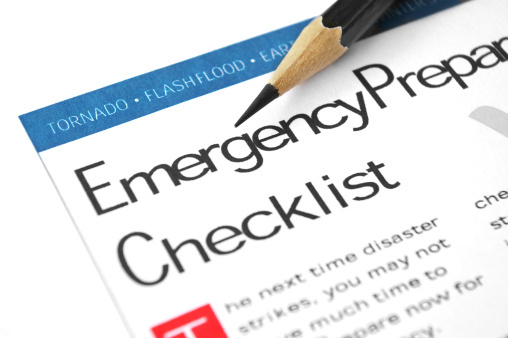What is an EPC rating and why should I care? You choose windows highlights how to make your house more energy efficient…
A recent study of reveals that slow broadband speeds and a lack of satellite TV are deal breakers when it comes to hunting for a new home.
But home hunters who put connectivity before a property’s energy rating could regret their decision when demands for winter fuel bills arrive on their doormat.
In fact, the study of 2000 adults in the UK by construction and regeneration company Keepmoat reveals that a property’s energy rating is the second least important factor for house hunters searching for a new pad, only coming ahead of a home’s future investment potential.
However, a property’s Energy Performance Rating is now a key factor for buy-to-let landlords to consider.
New energy efficiency regulations for the private rented sector will give tenants the right to request a landlord to make energy efficiency improvements to the property by 1 April 2016. And rules due to come into force in 2018 will make it illegal to let property that has an Energy Performance Certificate rating below E.
The regulations have been introduced as part of the government’s strategy to meet climate change targets and will affect both domestic and commercial private rented property.
The EPC scale ranges from A (very energy efficient) to G (poor energy efficiency). While the majority of new-build properties have an EPC rating of B or C, older houses can be upgraded to a higher rating with a few simple changes.
These include taking a close look at your home’s windows, which can account for 10-25% of a property’s fuel bill by letting heat out.
Single-glazed windows will score negatively on your EPC. But even in properties in the conservation areas. It is really easier to install double glazing. But while the quality double glazing will earn more EPC points, cheap double glazing units may devalue your house. Therefore, it’s better to spend a little bit more on replacement.
Older properties with sash windows, for example, are at particular risk of suffering from a poor EPC rating, particularly if the sliding frames are suffering from rot.
Government analysis from 2013 found that increasing a property’s EPC rating from D to B could add more than £16,000 to its asking price. And with property values rising in most parts of the UK since then, replacing rotting window frames with hardwood box sash windows can be a cost-effective move.
In addition to upgrading your windows, other measures homeowners can take to improve their EPC rating include…
· Wall nsulation: Are cavity walls filled? Do solid walls have additional insulation?
· Roofs: Is there more than 260mm of insulation
· Lighting: What is the energy efficiency of the light bulbs?
· Heating: Is the boiler new? Check if the radiators
· Secondary heating: Any other heating sources – a wood burner or a fireplace?
· Hot water: How is water heated?
Whether you are selling or letting out your property, it is now a legal requirement to obtain an EPC. But by assessing your property’s energy performance before placing it on the market homeowners can enjoy the cost savings gained from making any required improvements before gaining the higher returns a good EPC rating will deliver.



